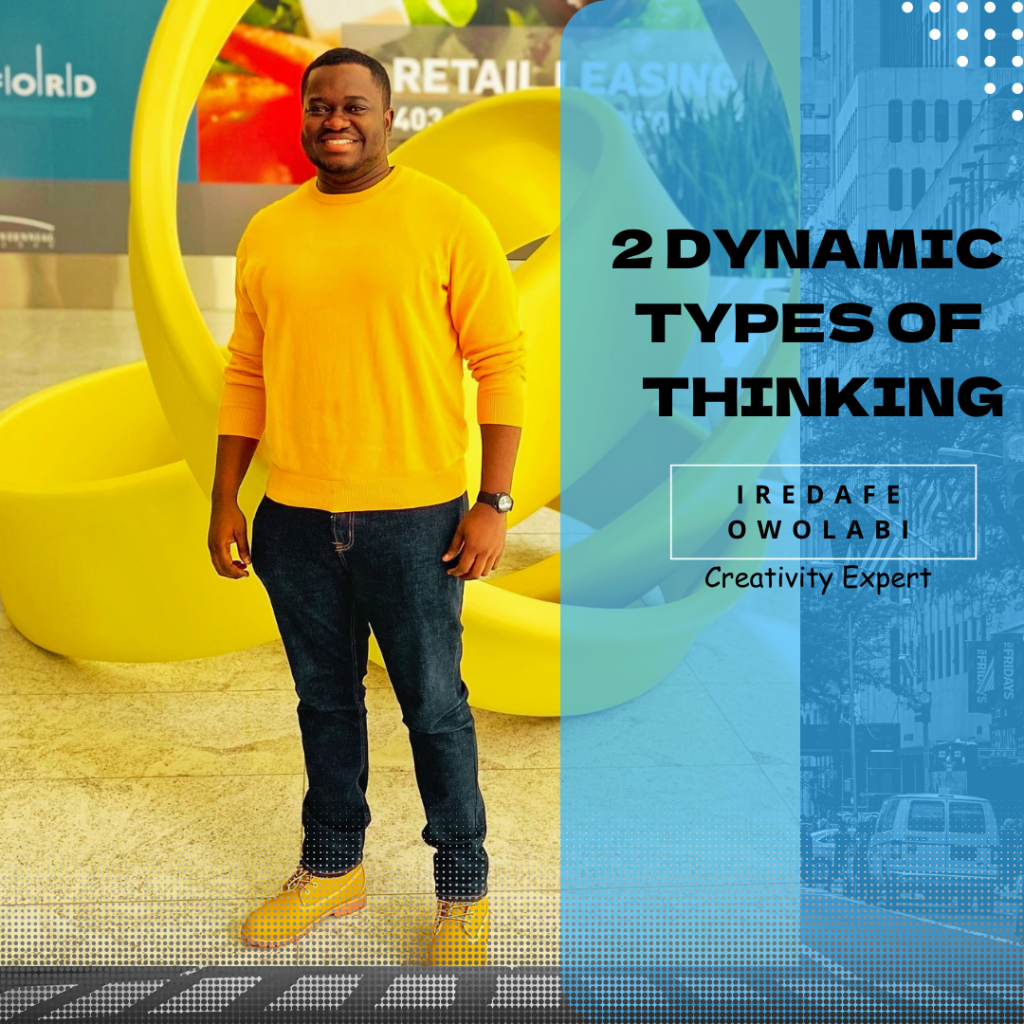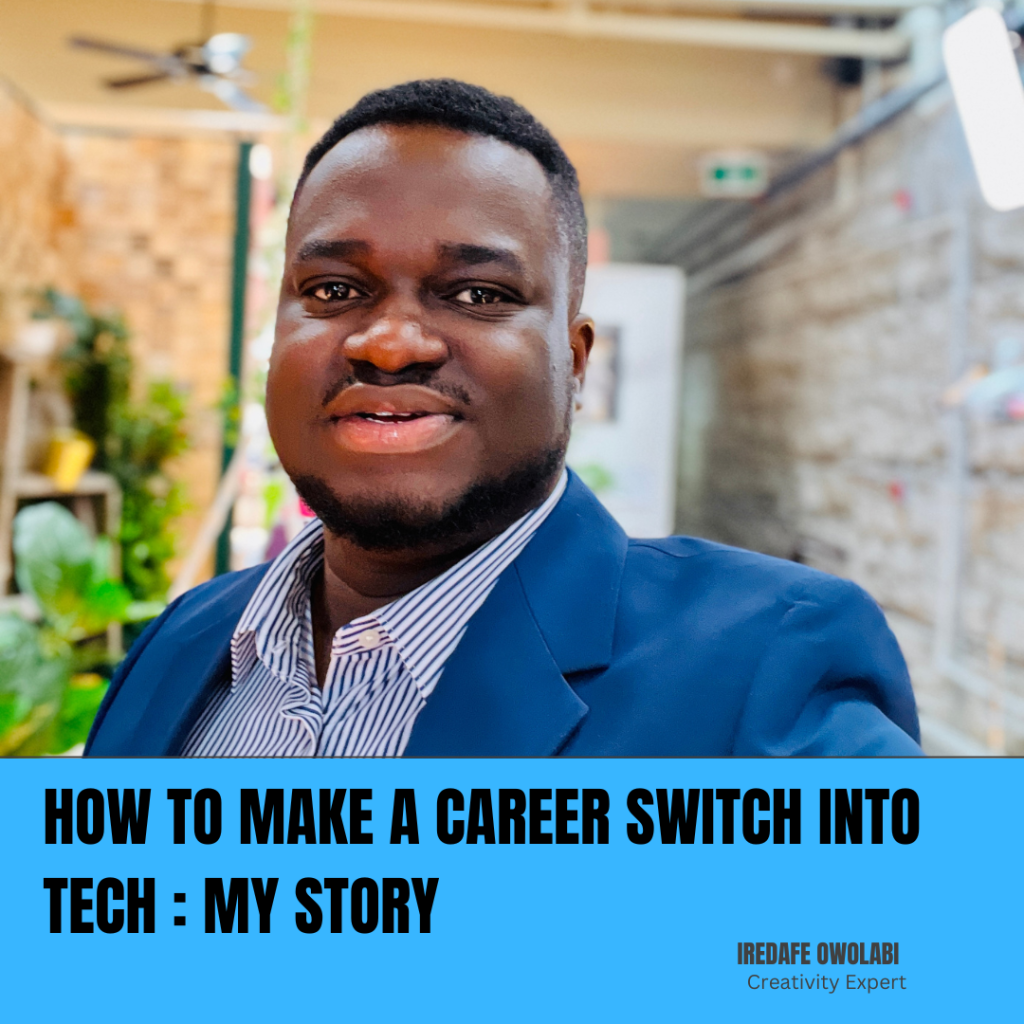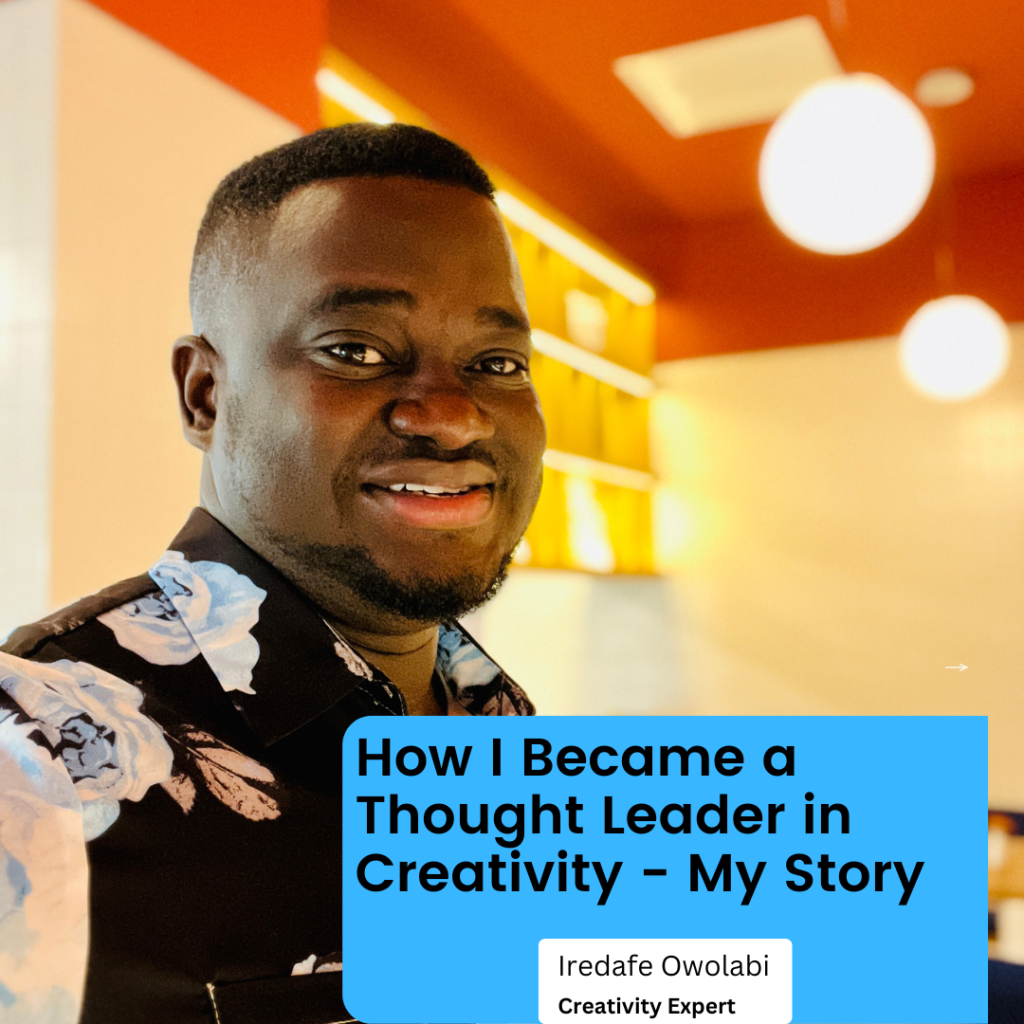How to Build Wealth through Creativity – 5 Strategies.
How to Build Wealth through Creativity Introduction Have you ever heard someone say “I’m creative, my only problem is that I lack funding”? This is a misconception and this blog post is all you need to understand how creativity can make you a money magnet and wealth creator. For more insights on how to over misconceptions of creativity, read this: What Creativity is Not: 7 Popular Myths about Creativity If you’ve ever thought that you need a large bank account to make your dreams of financial independence come true, think again! In this post, I’ll show you how to harness the power of creativity to build wealth from the ground up. So, let’s dive in and discover the exciting possibilities that lie ahead! Poverty is not a Lack of Resources but a Lack of Creativity My Story – The Day I Shook a Big Table One morning, I opened up the Canva app in my phone (a Smartphone application for creating graphics). Then I carefully crafted a design that would later find its way onto my social media pages and statuses. Little did I know that this seemingly innocent act would ignite a thought-provoking discussion about the connection between creativity and lack of resources. The graphic design bore a powerful inscription: “Poverty is not a lack of resources but a lack of creativity.” The profound impact of the graphic design and its powerful message shattered some limiting beliefs that hold many creatives back, unleashing a wave of discussions. Before long, a curious contact in my network challenged the notion, taking a stance that suggested the opposite of what the inscription said. He asked why many talented individuals remain trapped in financial struggles despite their creative abilities. This encounter made me realize that there is a widespread misunderstanding of what creativity truly entails. Interestingly, I had once grappled with the same question until I embarked on a journey of discovery and unearthed profound truths about creativity. Through conscious research and personal experiences, I learned how to ignite the dormant creative genius within me and saw the transformation that took place. It became clear to me that many people do not know what creativity really means. They fail to grasp the distinction between having innate gifts, talents, skills, or potential and harnessing the true power of creativity. This misconception, among others, limits their ability to manifest their potential and make a significant impact in their lives, careers, or businesses. Motivated by this revelation, I dedicated myself to helping others unleash their creative potential. As I traveled the world, sharing insights and training individuals and organizations, I realized the urgent need to demystify creativity. You might be among those still seeking clarity on what creativity truly means in a bid to develop yourself. You are not alone, as billions of people around the world today still struggle to define and harness their creative capacity. 3 Reasons Why You don’t Need Money To Be Creative? https://youtu.be/lXdwITOFc38?si=lsgGueddRlmmGQap In my experience and thought leadership journey, one of the most frequently asked questions I get from potential creatives is “I am creative but my problem is lack of money. How do I raise money?” I usuallly try to explain to them that there is more to their lack of liquid cash than meets the eyes. I try to get them to understand what money really is before even trying to teach them how to create wealth and attract the paper monies they seek.Here are the 3 reasons why you don’t need money to manifest your creativity: 1. Money Does not Make You Creative, Creativity Makes You Money 2. Creativity is for Problem Solving 3. History is full of people who created wealth without money.Before we go into the details of these 3 reasons, let us first of all understand what money really means. This will give us the relevant foundation to understand why you actually don’t need money to be creative. What is Money? In order to understand how to build wealth through creativity, it’s essential to answer this fundamental question: What is money? Money is not merely the paper bills and metal coins we exchange for goods and services; it’s a complex and multifaceted concept that plays a pivotal role in our financial journey. As a creativity coach, I would like to shed light on what money truly represents and how understanding its nature can empower your creative wealth building endeavors. Money is often described as a medium of exchange, a unit of account, and a store of value. Let’s delve deeper into the three key aspects of money 1. Medium of Exchange: Money serves as a medium of exchange, which means it acts as an accepted means for transactions. Money goes beyond the paper or coins used to represent them. What gives money its power to be used in exchange is the acceptability it possesses. That is why in a barter system where goods and services are exchanged directly, people transacted based on what they agreed their goods and services were worth. Money was introduced to simplify this process by providing a universally accepted means of trade. Consider this scenario: You are an artist, and you create beautiful paintings. In a barter system, you would have to find someone who not only appreciates your artwork but also has something you need or want in exchange for it, such as food or shelter. With money, you can sell your artwork to anyone who values it and receive a universally accepted currency in return. This makes trade more efficient and accessible. 2. Measure of Value: I believe that money exists to facilitate the creation process because it enables creators, manufacturers and producers estimate and measure the value they intend to receive or what they bring into the market. For example, when you create a pricing strategy for your creative products or services, you use money as the common unit of account. You assign a specific price to your artwork, services, or digital products, which allows
How to Build Wealth through Creativity – 5 Strategies. Read More »


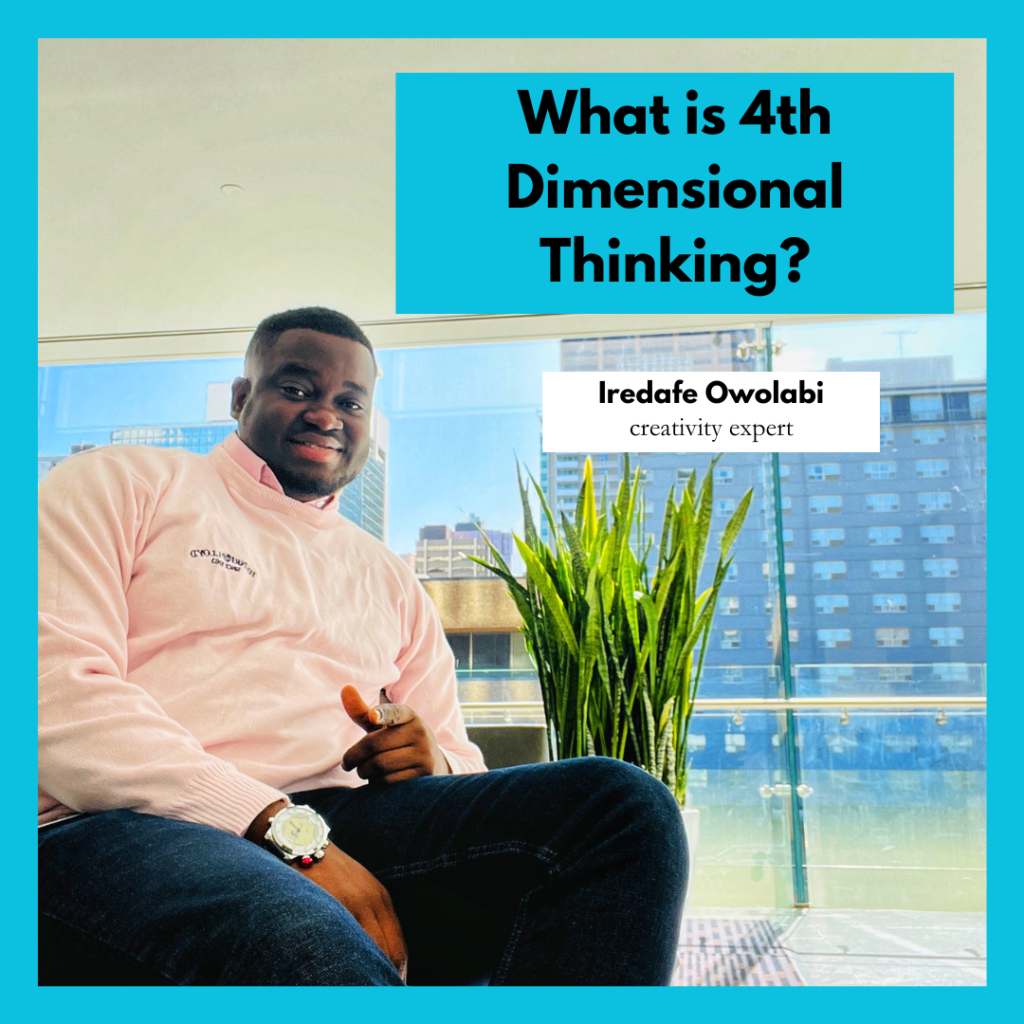
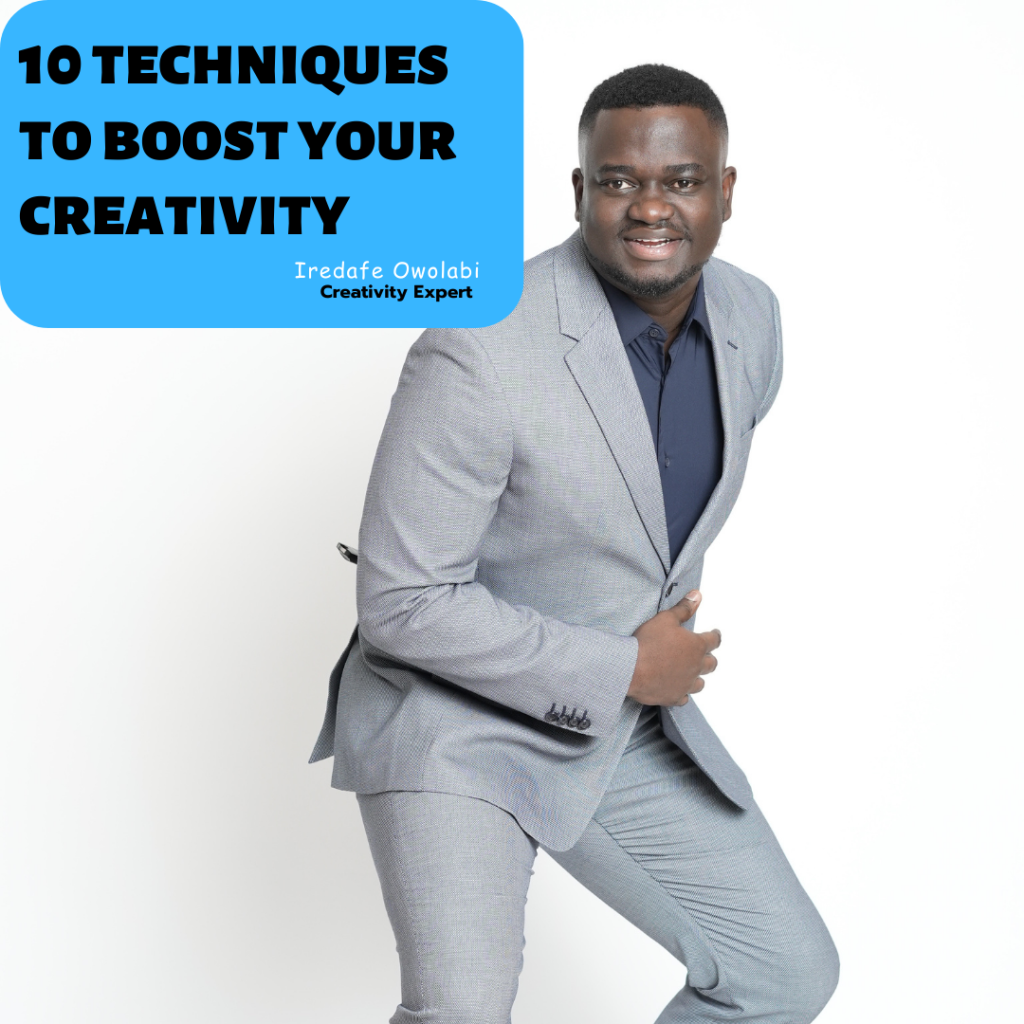
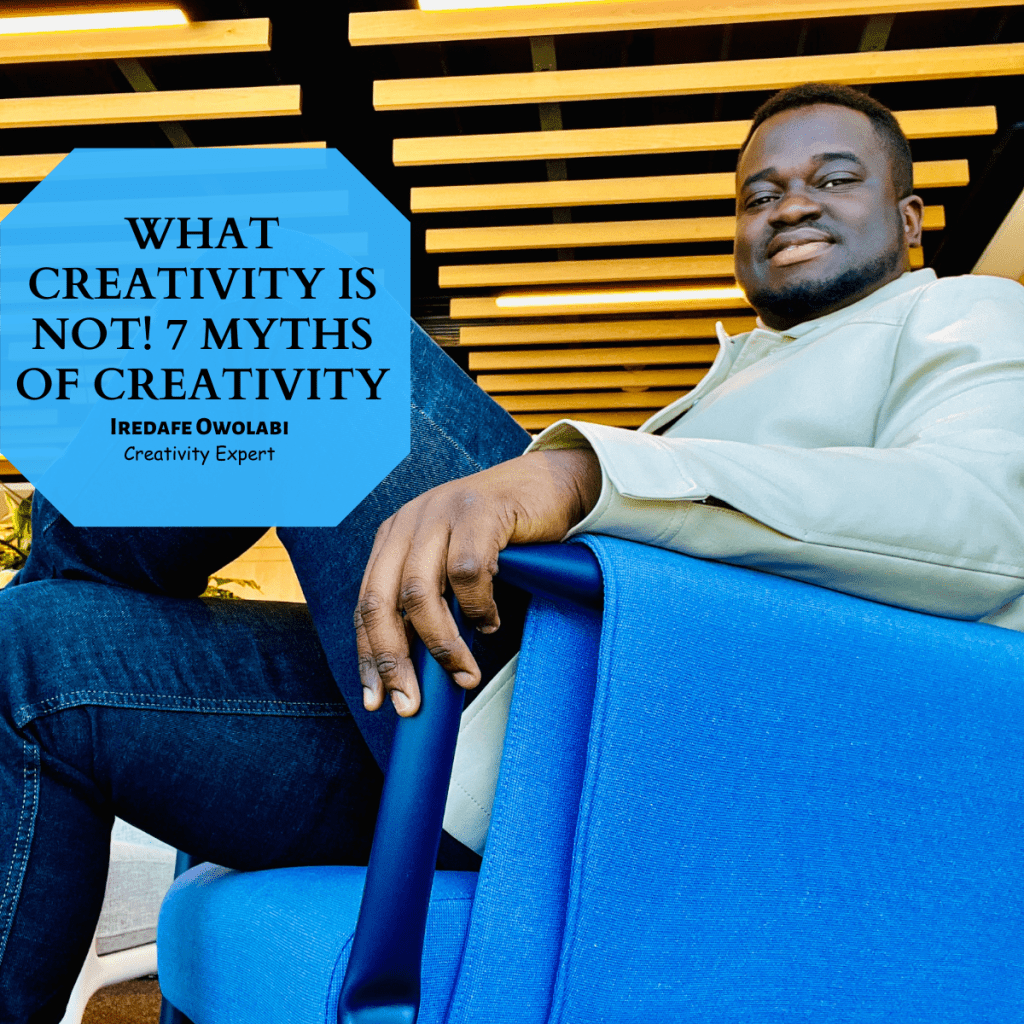
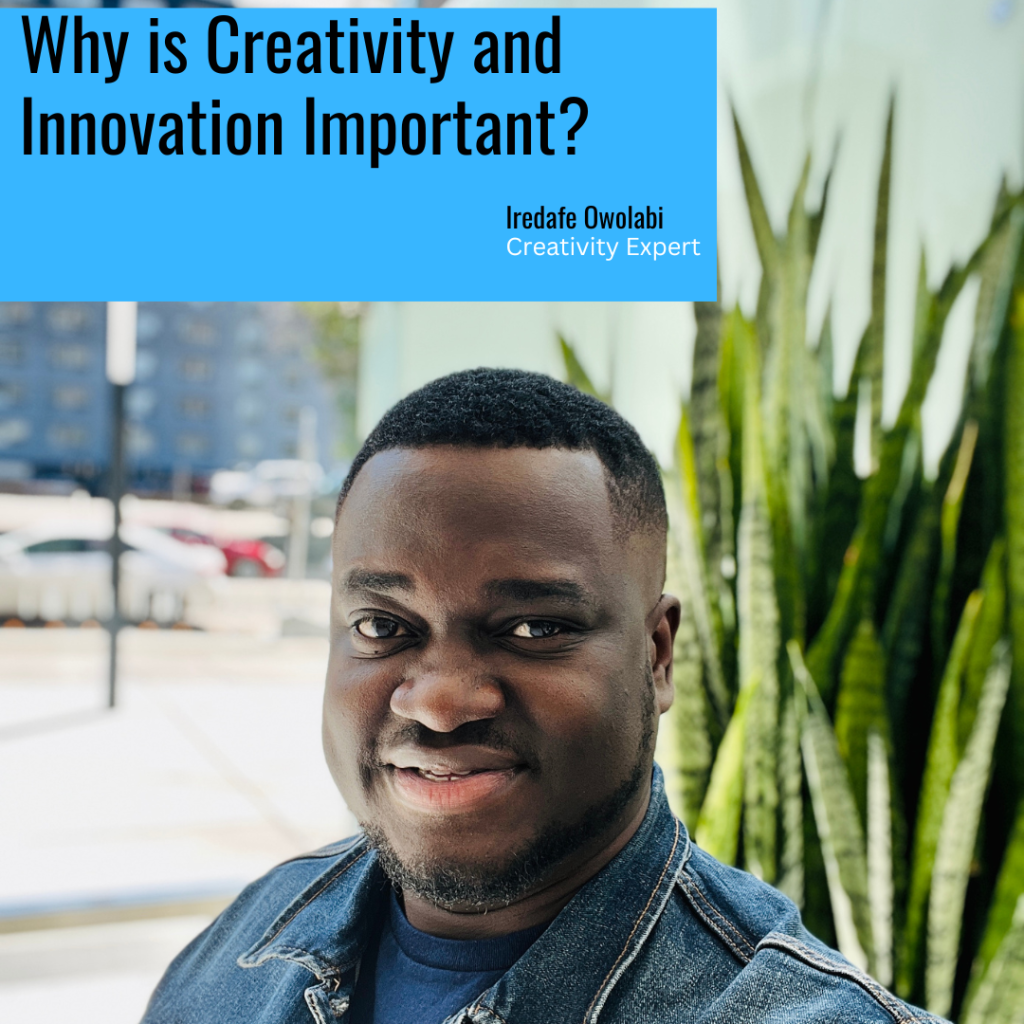

![How to Develop Your Problem Solving Skills [14 Strategies] 14 Develop Your Problem Solving Skills](https://iredafeowolabi.net/wp-content/uploads/2023/08/Blue-Minimal-Join-Our-Team-Recruitment-LinkedIn-Post-2-1024x1024.png)
